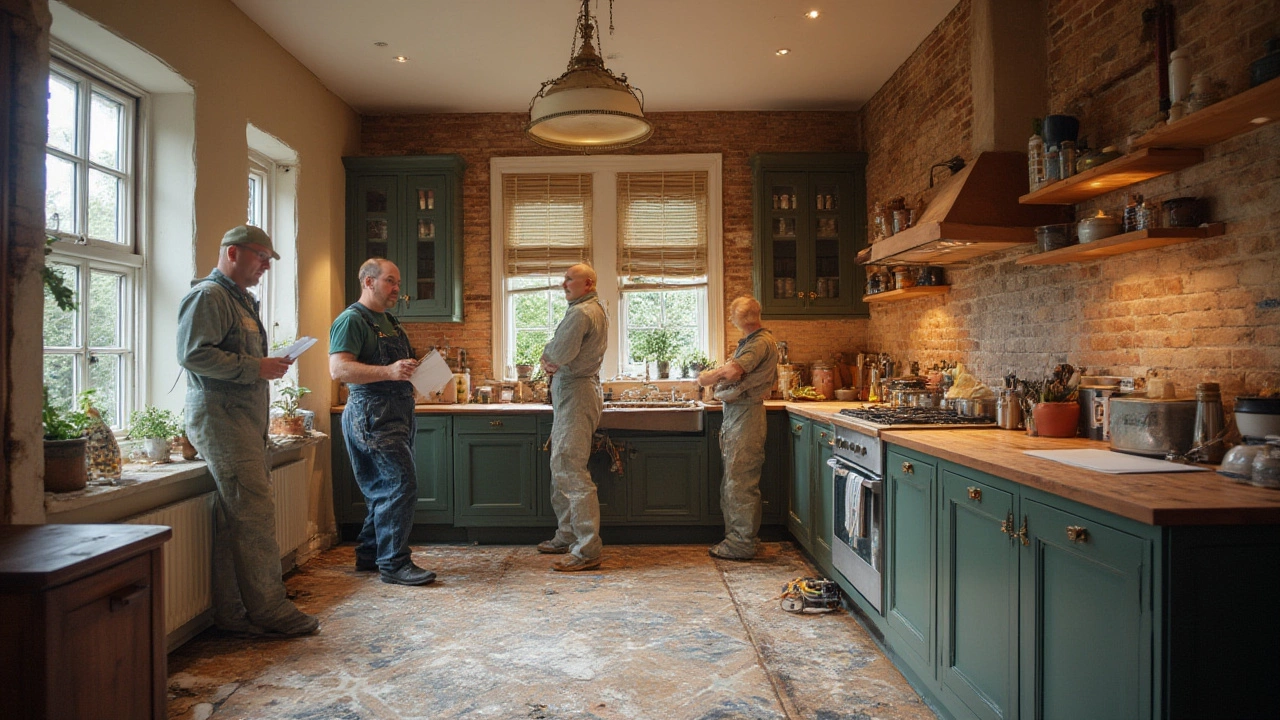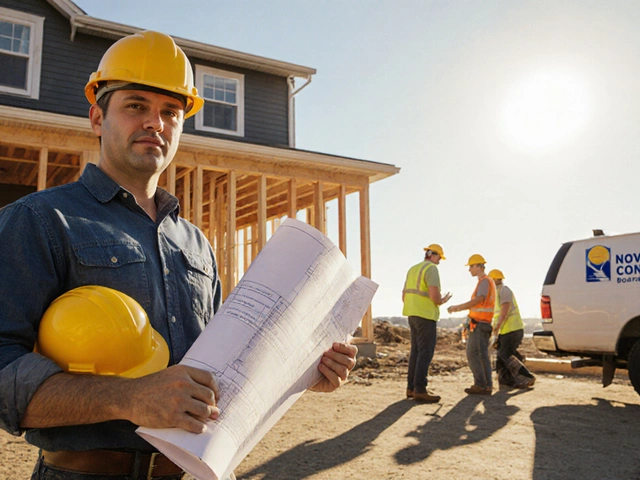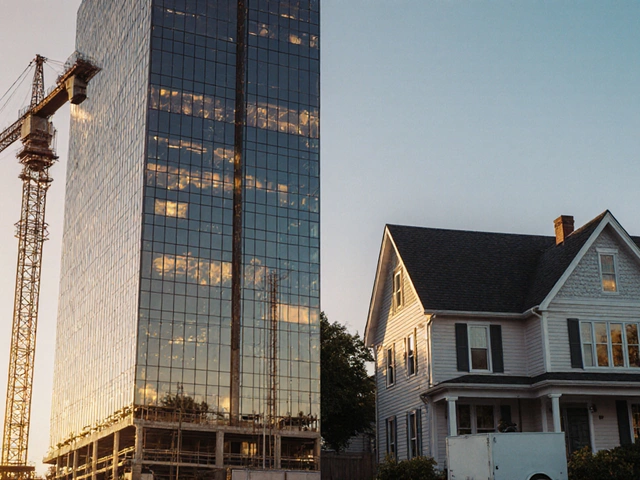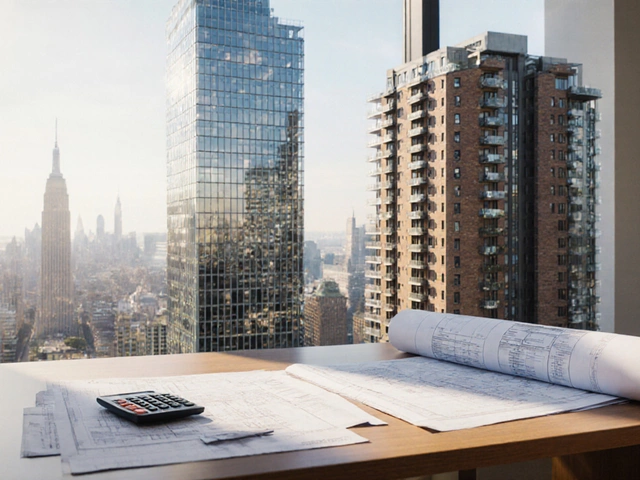Renovation Budget – Simple Steps to Keep Your Project on Track
Thinking about a kitchen upgrade, a new roof, or a bathroom makeover? The first thing most homeowners ask is, "How much will this really cost?" The answer is simple: start with a solid budget and stick to it. Below you’ll find easy‑to‑follow tips that help you avoid surprise bills and make the most of every penny.
Start With a Realistic Budget Blueprint
Grab a notebook (or a spreadsheet) and list every part of the renovation, from demolition to final finish. Break the list into three buckets: materials, labour, and contingency. Materials cover things like tiles, cabinets, and limestone from local quarries. Labour includes tradespeople, designers, and any DIY time you’ll spend. A good rule of thumb is to set aside 10‑15 % of the total as a contingency for unexpected issues – think hidden water damage or a surprise code change.
Use existing content on our site for realistic figures. For example, the "Kitchen Fitting Cost" article breaks down typical expenses for cabinets, plumbing rough‑in, and installation. The "Roof Replacement Budget Breakdown" post shows how material choice (shingles vs. metal) can swing the price by several thousand pounds. Plug those numbers into your spreadsheet and you’ll have a clearer picture of the total spend.
Watch Out for Hidden Expenses
Renovation costs often balloon because homeowners forget about the small stuff. Permit fees, waste removal, and site cleanup can add up quickly. If you’re tackling a bathroom remodel, the "Most Expensive Part of a Bathroom Remodel" article points out that plumbing and tile work usually eat up the biggest chunk of the budget. Planning for these items early prevents nasty surprises.
Another hidden cost is the finish. Choosing high‑end flooring looks great, but the "Best Flooring Choices for New Builds" guide explains that durability and maintenance costs matter just as much as the upfront price. Sometimes a mid‑range product gives you the same lifespan with a lower budget impact.
Don’t forget to factor in the savings you can get from local suppliers. Lime Hillock Construction Material Resources offers limestone and other quarry products delivered close to site, cutting transport fees and supporting quicker timelines. Using locally sourced stone can shave off both cost and carbon footprint.
Finally, track every expense as you go. A simple app or spreadsheet that you update weekly keeps the budget visible and helps you spot overruns before they get out of hand. If a line item exceeds its estimate, pause and reassess – maybe there’s a cheaper alternative or a timing tweak that can bring it back in line.
By following these steps – building a detailed blueprint, accounting for hidden costs, and leveraging local material resources – you’ll stay in control of your renovation budget and finish the project without financial stress. Ready to start planning? Grab that notebook and turn your dream makeover into a realistic, affordable plan.
The Most Expensive Home Renovations: Kitchen, Bathroom, and Structure Explained

Wondering where your renovation dollars will disappear fastest? Explore the real reasons kitchens, bathrooms, and structural fixes top the list for the most expensive home projects.
read more



